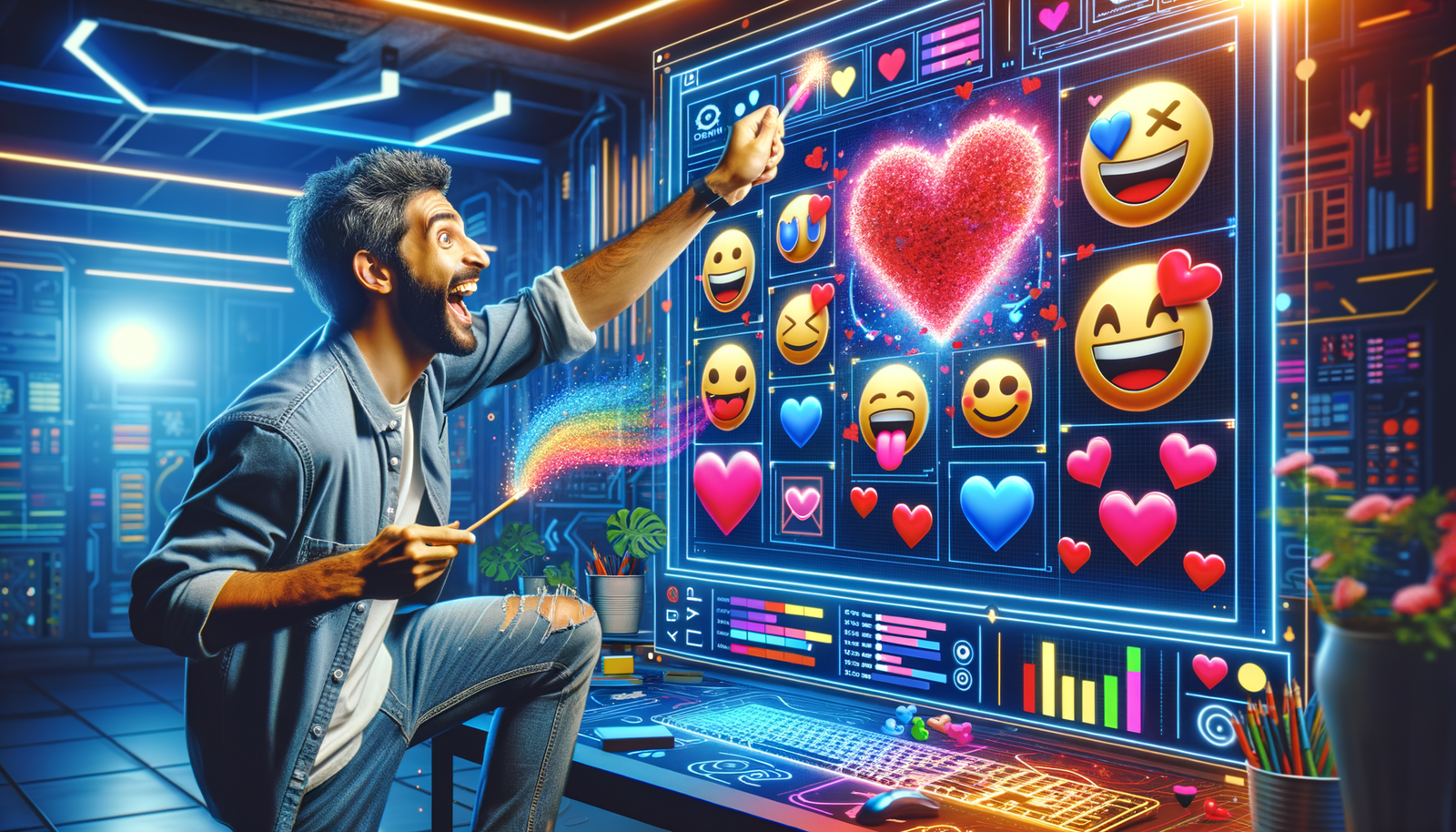Your Cart is Empty
Customer Testimonials
-
"Great customer service. The folks at Novedge were super helpful in navigating a somewhat complicated order including software upgrades and serial numbers in various stages of inactivity. They were friendly and helpful throughout the process.."
Ruben Ruckmark
"Quick & very helpful. We have been using Novedge for years and are very happy with their quick service when we need to make a purchase and excellent support resolving any issues."
Will Woodson
"Scott is the best. He reminds me about subscriptions dates, guides me in the correct direction for updates. He always responds promptly to me. He is literally the reason I continue to work with Novedge and will do so in the future."
Edward Mchugh
"Calvin Lok is “the man”. After my purchase of Sketchup 2021, he called me and provided step-by-step instructions to ease me through difficulties I was having with the setup of my new software."
Mike Borzage
Harnessing Emotional Design: The Role of Visualization Software in Enhancing UX
May 26, 2024 2 min read


Understanding Emotional Design
Emotional design focuses on creating products that elicit desirable emotions from users, thereby enhancing user engagement and satisfaction. It's a critical aspect of user experience (UX) design, emphasizing the emotional impact of design choices—from color schemes and typography to the overall layout and interactivity of digital products. This design philosophy is rooted in the belief that users are more likely to form meaningful connections with and have a lasting impression of products that evoke an emotional response.
The advent of sophisticated visualization software tools has revolutionized the way designers approach emotional design. These tools offer unprecedented capabilities for simulating and testing design concepts, enabling designers to fine-tune their creations to evoke the intended emotional responses. Software such as Adobe XD, Sketch, and InVision stand out for their comprehensive features that support emotional design, from prototyping to user testing.
Key Features of Visualization Software for Emotional Design
- User Interface (UI) and User Experience (UX) design capabilities: These tools provide intuitive interfaces and extensive UX testing functionalities, allowing designers to create user-centric designs that resonate on an emotional level.
- Color theory and typography: The right color schemes and fonts play a pivotal role in conveying emotions. Visualization software comes equipped with features that help designers experiment with and select the most appropriate color and typography settings for their design objectives.
- Incorporation of images and icons: Visual elements are integral to emotional design, and these software tools excel in facilitating their seamless integration into designs, ensuring a visually and emotionally coherent product.
While specific case studies were requested to be excluded, it's important to acknowledge the general impact of visualization software in various successful design projects. These tools have been pivotal in enabling designers to implement emotional design principles effectively, significantly enhancing user engagement and satisfaction across a wide range of digital products.
Future Trends and Advancements
The landscape of design software is constantly evolving, with new features and tools being developed to further enhance emotional design. One of the most anticipated advancements is the integration of AI and machine learning. This technology promises to revolutionize the way designs are created by predicting user emotional responses to different design elements and suggesting adjustments accordingly.
For designers aiming to excel in creating emotionally compelling designs, it's crucial to stay abreast of these advancements. As software capabilities expand, so too does the potential to craft designs that connect with users on a deeper emotional level. The future of emotional design is bright, with emerging technologies offering ever-more sophisticated tools to evoke and manage user emotions effectively.
Also in Design News

Cinema 4D Tip: Efficient Lookdev Iteration Using Cinema 4D Picture Viewer History
January 01, 2026 2 min read
Read More
Revit Tip: Standardized Revit Export for Reliable Navisworks Clash Detection
January 01, 2026 2 min read
Read More
V-Ray Tip: VRayOverrideMtl Clay Pass for Accurate Lighting Evaluation
January 01, 2026 2 min read
Read MoreSubscribe
Sign up to get the latest on sales, new releases and more …


